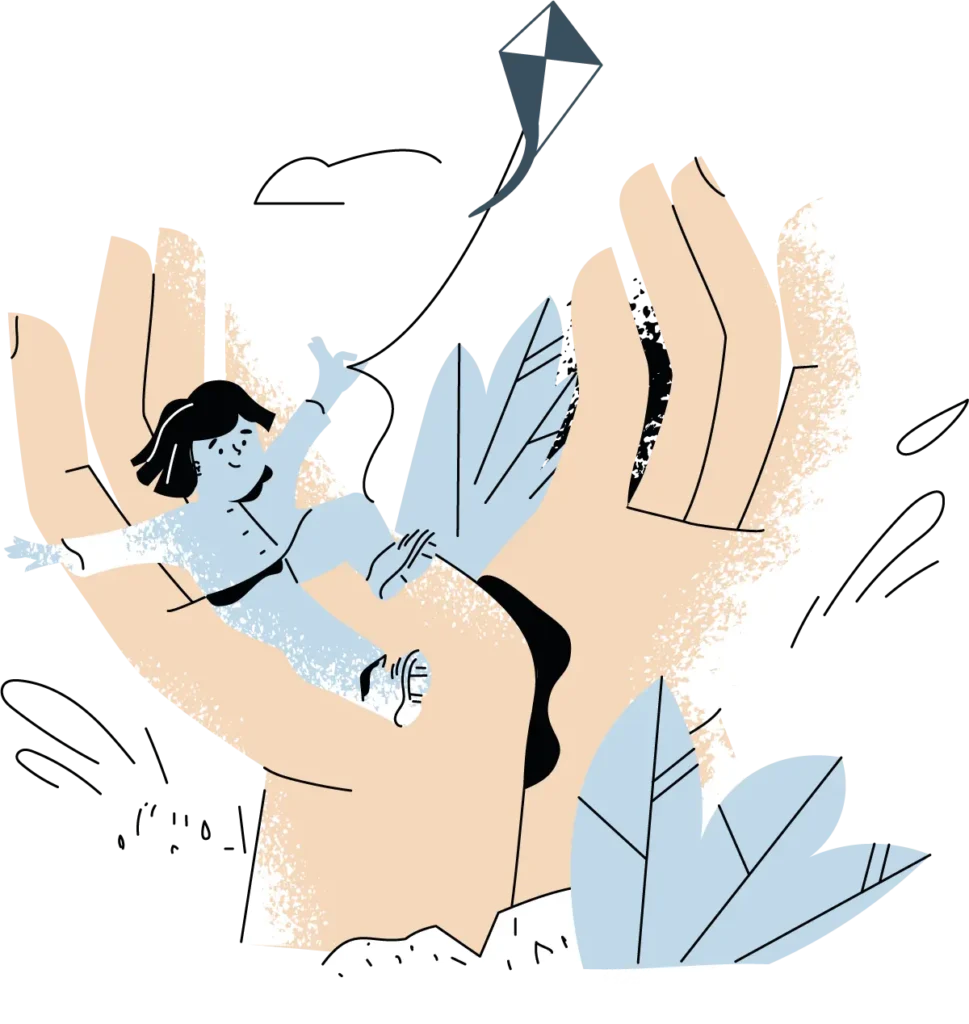OCD is one type of anxiety that can impact older children and teens. The trademarks of OCD are obsessive, compulsive, and intrusive thoughts.
When your child has these thoughts, they feel compelled to do a task to ease anxiety instead of being able to ignore them.
An example is needing to count to 50, five times to prevent something bad from happening to a loved one. Your child may have a fear if they don’t have these repetitive rituals, something bad could happen. This is one example of OCD.
For an official diagnosis, it must have an impact on daily life. Often we use the term loosely to refer to a rigid personality style, but as you can see OCD is more than that. It can be a very serious challenge for a child.
Before considering medication, research shows treatment for OCD responds best to behavioral interventions.
Here are 10 ways you can help your child with Obsessive Compulsive Disorder:
1. Educate yourself about OCD
Understanding your child’s condition will help you support them. Look for resources from reputable organizations such as the International OCD Foundation. Learn about Exposure Response Prevention (ERP) therapy. This cognitive behavioral treatment has the greatest efficacy for treating OCD.
2. Develop a routine
Establishing a consistent routine can help your child feel more in control of their environment and reduce anxiety. Have a schedule for meals, bedtimes, homework, and other activities.
3. Encourage your child to challenge their thoughts
One of the most effective treatments for OCD is cognitive-behavioral therapy (CBT). This type of therapy involves helping your child identify and challenge negative thoughts. Encourage your child to question troubling thoughts. Next, have them come up with alternative, more realistic thoughts.
4. Practice relaxation techniques
Practicing activities such as deep breathing, progressive muscle relaxation, and guided imagery. These activities may help your child reduce their anxiety and manage symptoms of OCD.
5. Encourage your child to engage in enjoyable activities
Getting lost in something fun can be a way for your child to take their minds off their worries and reduce anxiety.
6. Help your child set realistic goals
Setting small, achievable goals can help your child feel more in control of their condition and build confidence in their ability to manage their OCD.
7. Be a good listener
Encouraging your child to talk about their worries and fears can help them know they are not alone. Listen without judgment. With OCD thoughts help them label the thought as brain spam and find a strategy to reduce anxiety.
8. Be patient and understanding
Recovering from OCD can be long and challenging. It’s important to be patient and understanding with your child. Recognize that they are doing their best. Try to steer away from perfection in your home. Compliment and reward effort over perfection.
9. Take care of yourself
Caring for a child with OCD can be emotionally and physically draining. It’s essential to take care of your own physical and mental health to ensure that you can support your child. Seek support from trustworthy friends and family. Talk with a therapist. Participate in self-care activities such as exercise or meditation.
10. Encourage your child to meet with a therapist with expertise in OCD
Working with a mental health professional trained in treating OCD can be essential to your child’s recovery. Encourage your child to be open to this and take the time to find the right therapist or counselor. Getting your child early treatment and clarifying their official diagnosis is essential.
Use Your Cadey Resources
Long waitlists are daunting, but remember you can support your child and make progress while you wait. Educate yourself about anxiety and OCD. Cadey courses and the Cadey mobile app are great resources developed by psychologists to help you understand these symptoms and find strategies you can use at home.


